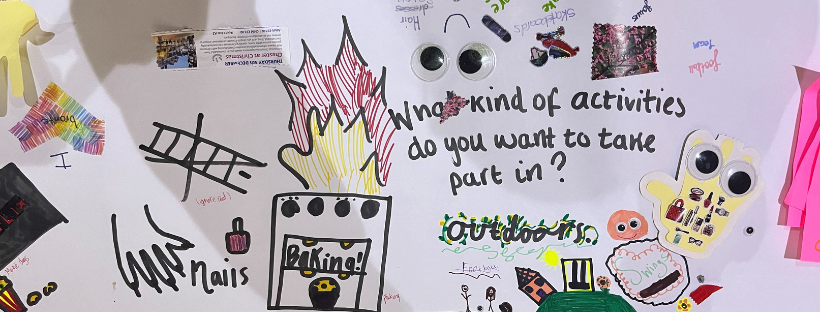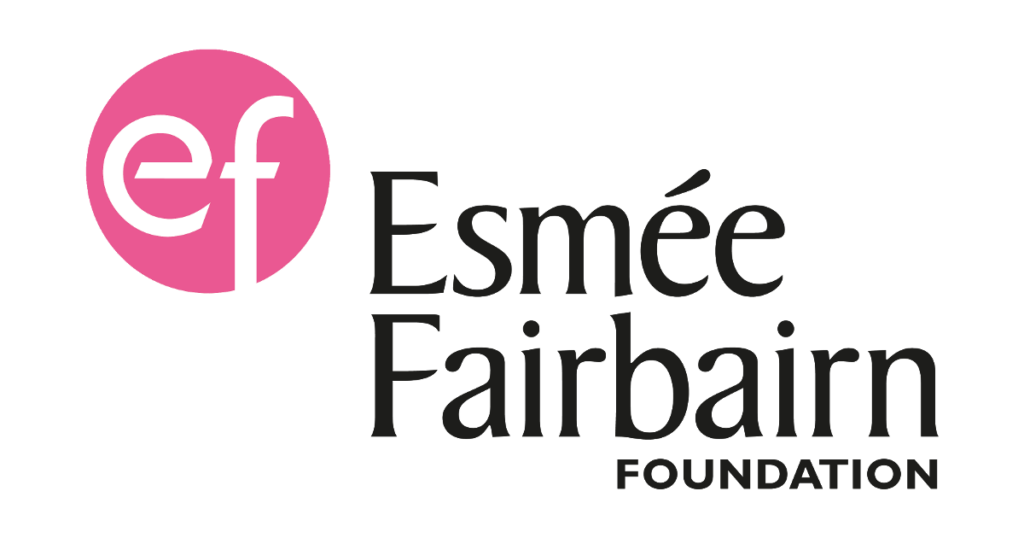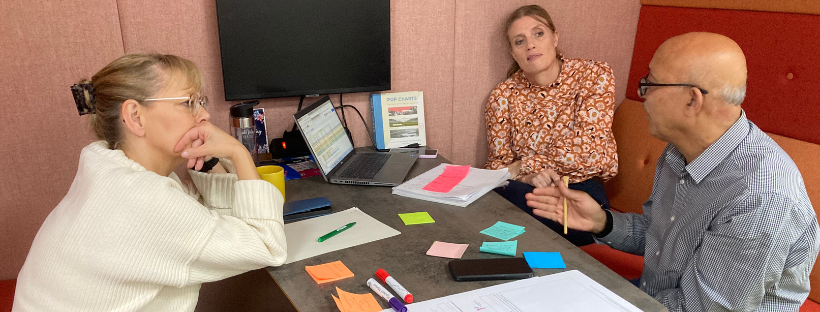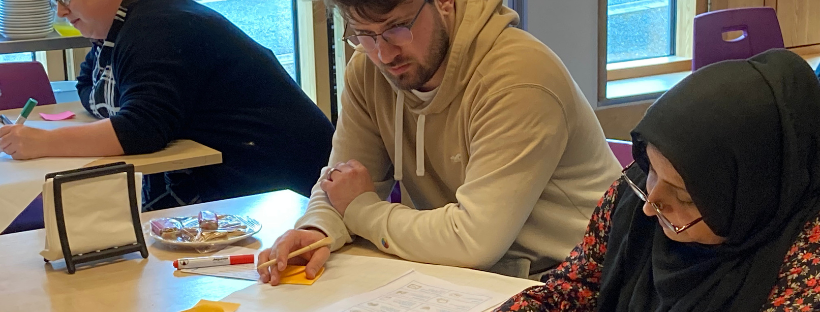YOUTH VOICE IN THE COMMUNITY

At People’s Voice Media, we’ve been working with the Bronte Youth and Community Centre in Liverpool, helping young people shape the future of their space through Community Reporting.
The Bronte is a vibrant youth organisation offering activities for children and young adults aged 5 to 18, as well as young people with additional needs up to 25. As they renovate their community hub, they wanted to ensure young people played a key role in shaping its future—enter Community Reporting!
Over six creative sessions, young people explored their vision for the space, using collages, clay sculptures, model buildings, and recorded interviews. They interviewed peers, community members, and staff, capturing a rich tapestry of hopes and ideas. From karaoke nights and fashion shows to football tournaments and gardening projects, their enthusiasm was infectious!
These ideas will directly influence how the Bronte’s renovated space is used, shaping sessions, activities, and even the role young people play in its future. We’ll be compiling an insight report from their recorded stories to guide decision-making. Looking ahead, in 2025, we’ll deliver train-the-trainer workshops to equip staff and community members with the skills to sustain Community Reporting long-term. Watch this space for more stories and updates!
Want to learn more about The Bronte? Check out their website to see what’s happening for young people in Liverpool.




